Hebrew: tel Dan / Arabic: Tel el-Qadi
Coordinates: 33°14′56.4″N 35°39′7.2″E / Elevation +660f
Originally, the tribe of Dan was alloted land on the Plain of Philistia but did not fully occupy the land as commanded by God (Joshua 19:40-47; Judges 1:34). Displacing themselves, the migrated northward and finally settled at the foot of Mount Hermon, near the headwaters of the Jordan River. To occupy this area, the tribe had to conquer the Canaanite city of Laish, which subsequently became known as the city of Dan and the northernmost city in ancient Israel. Dan was wiped out by Assyria in 733/32BC.
Dan in the Bible: People and events connected to Dan are both famous and infamous in the Old Testament. Its most famous son was Samson, whose family remained in the original allotted territory with a number of other Danites, who were eventually absorbed into other tribes (2 Kings 15:29). Its most infamous sons were Jonathan, the grandson of Moses, who reinstituted idolatrous worship in the northern territory (Judges 18:30) and Jeroboam I who made Dan the cultic center of the northern kingdom, Israel (1 Kings 12:29-33).
Why we stopped: Dan is an important archaeological site, with finds ranging from the Neolithic era up to the destruction by Assyria. Of note, the ruins at Dan have a relatively intact gate area that includes a podium (raised platform) that may have been used for cultic purposes (2 Kings 23:8) or as a sitting area for the elders, judges or even the king (2 Samuel 18:4). Other items of interest at Dan: 1) the view of Israel to the south from this site is unsurpassed; 2) the spring at Dan which feeds the major tributary at the headwaters of the Jordan; and 3) the High Place near the great tree gives visual insight into passages of the Old Testament that talk of cultic worship in such areas.
View the Gallery of Tel Dan Reserve:
Categories: Locations
Tags: Tel Dan.
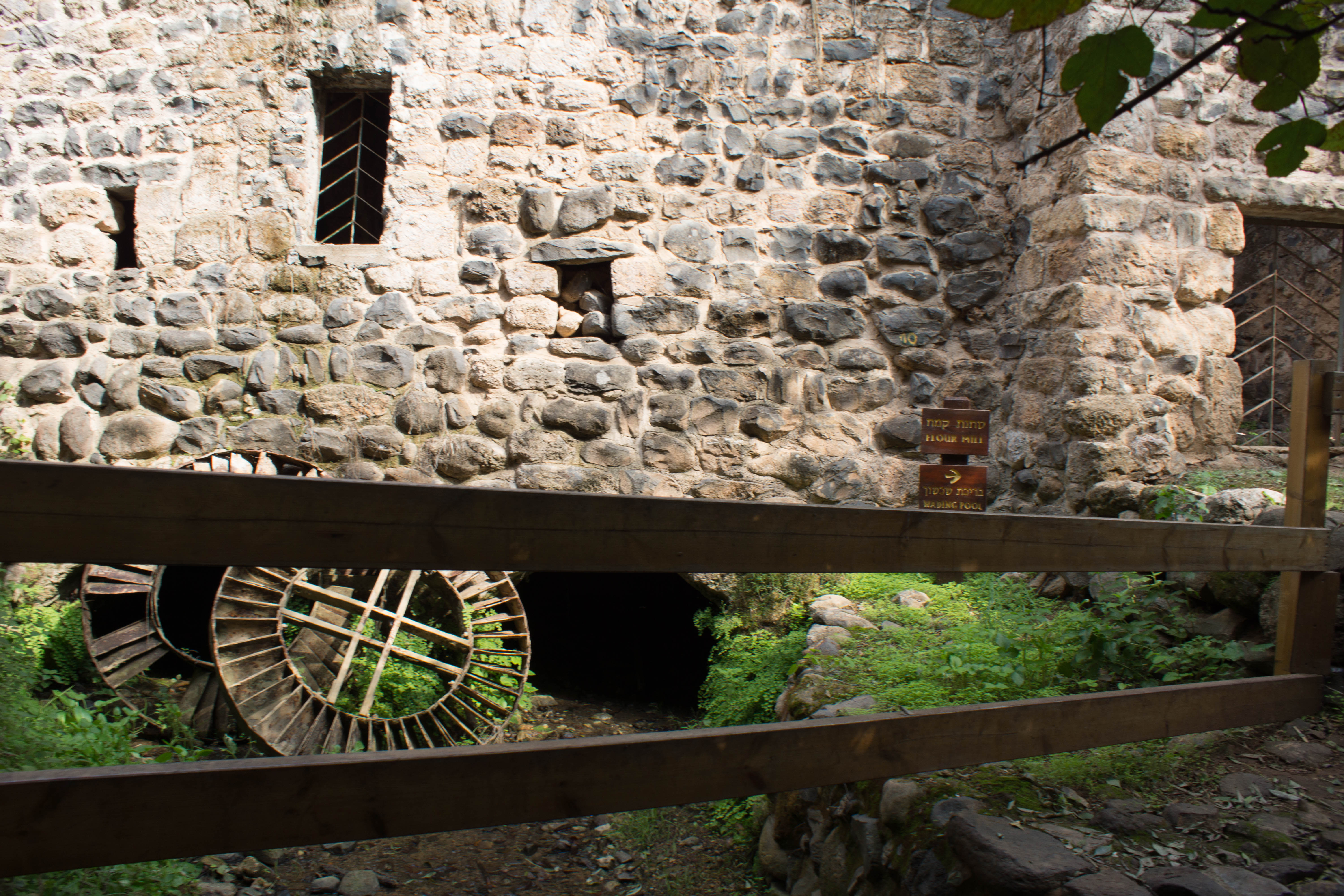
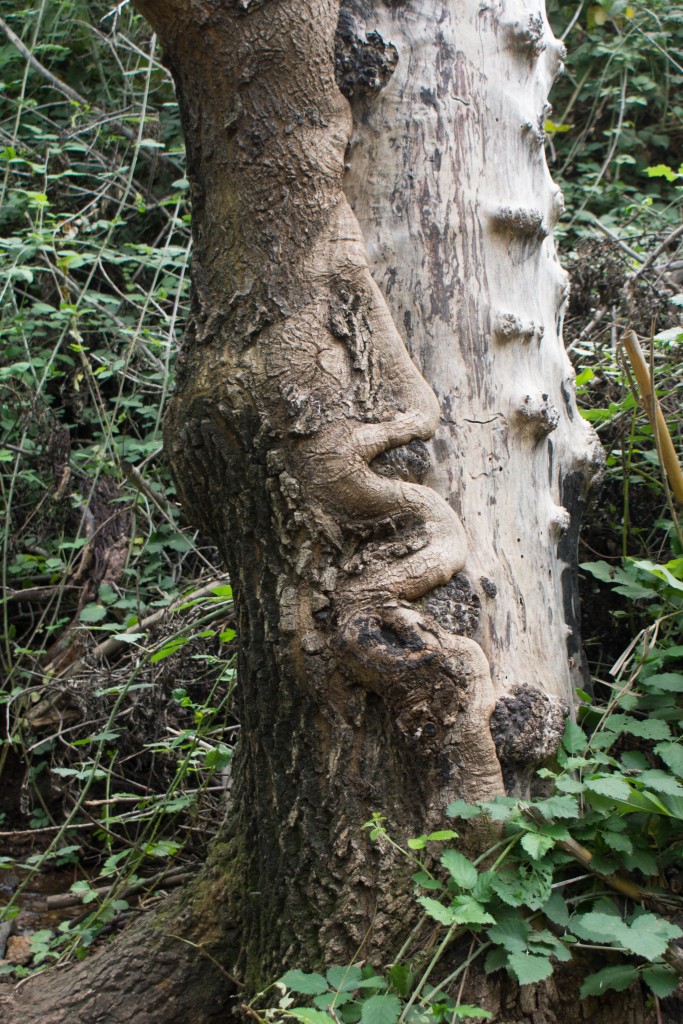
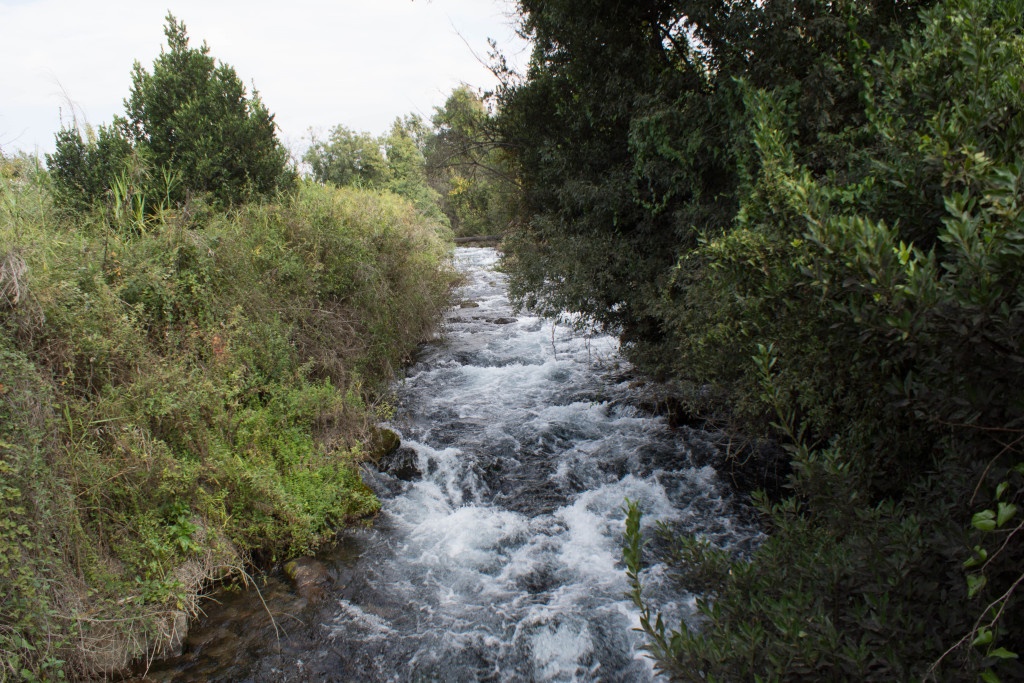

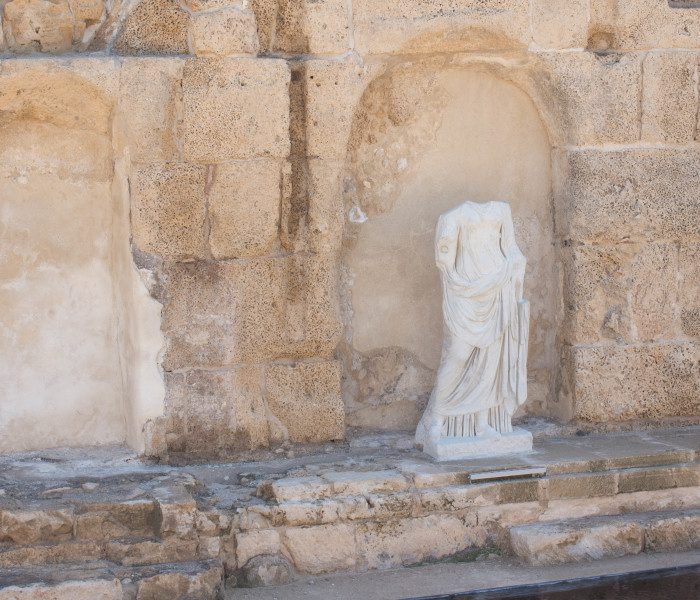
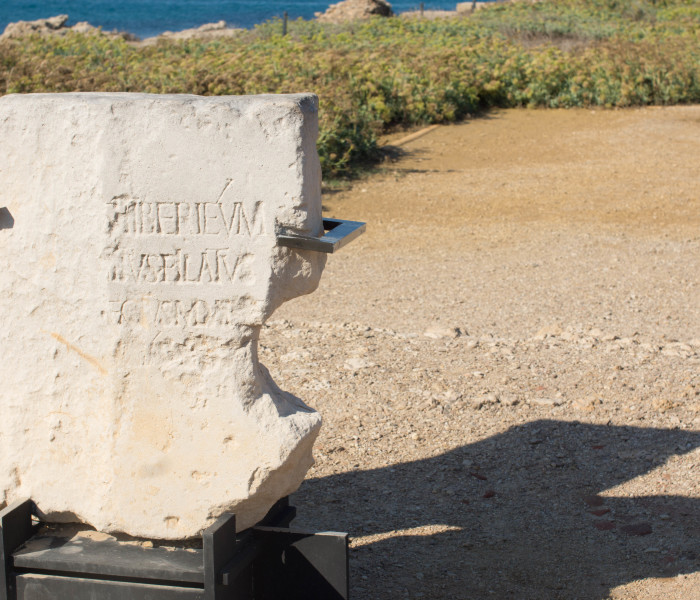
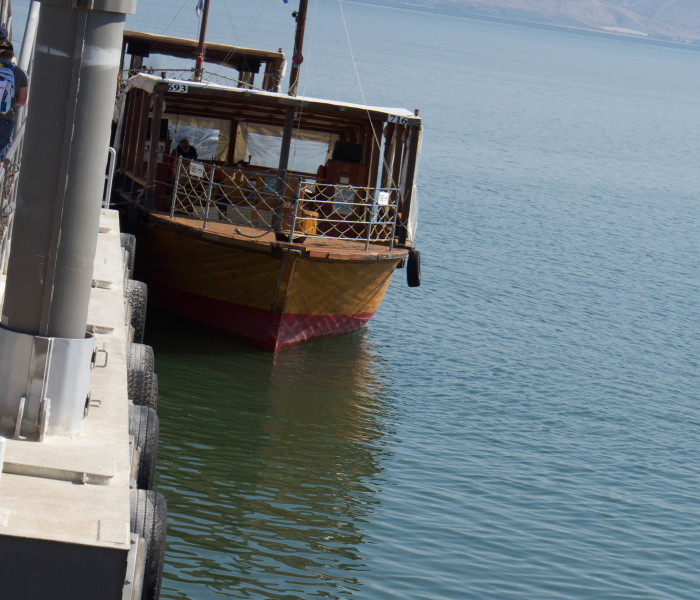
Comments are closed.